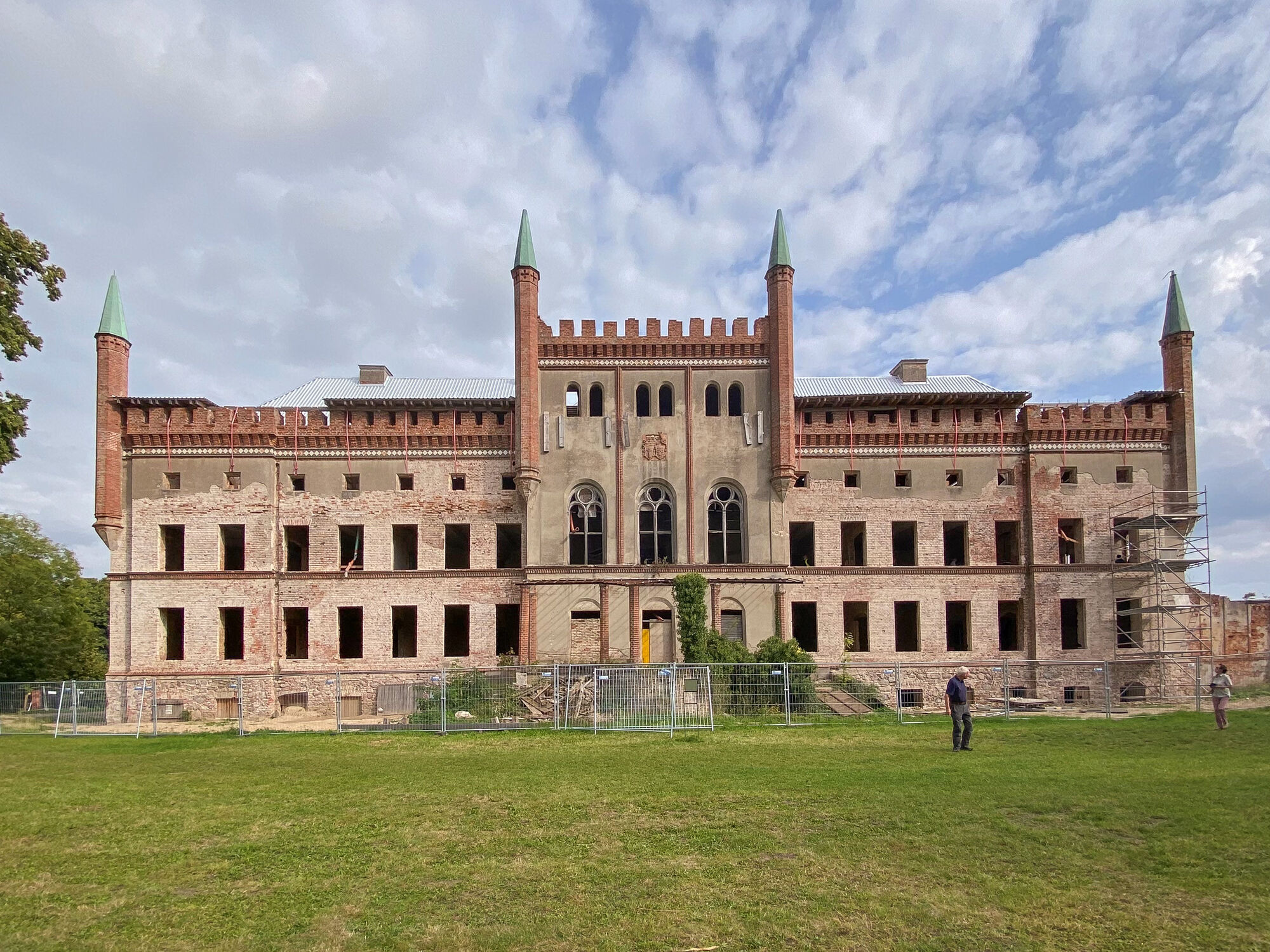‘Castles and manor houses shape the landscape of Mecklenburg-Vorpommern and that of the entire Baltic Sea region, far beyond the borders of our federal state. They are part of the pan-European cultural heritage and historical testimonies of the past, which today are spread over the ten states of Germany, Poland, Russia, Lithuania, Latvia, Estonia, Finland, Sweden, Norway and Denmark,’ said Minister Martin, emphasising: ‘Capturing this cultural heritage of the manor houses as a whole, researching it and thus preserving it for the future are ambitious goals and unique in this form. I am therefore all the more pleased that such an important project is being carried out at the Caspar David Friedrich Institute of the University of Greifswald.’
The art-historical and socio-cultural importance of the manor houses is reflected in the number of buildings: it is estimated that there are 12,000 to 15,000 estates in the entire Baltic Sea region. Under the direction of art historian Prof. Dr. Kilian Heck, twenty 18th-century manor houses will be researched in the first stage of the project, which is initially scheduled to run for three years. They will be investigated and documented by means such as airborne laser scans and ground radar measurements. All the data collected will then be made available to everyone in a new virtual research environment.
‘The project is thus excellently integrated into the National Research Data Infrastructure (NFDI), which is already represented by four other projects at the University of Greifswald. Through its content-related orientation, it will also be a close cooperation partner of the Interdisciplinary Centre for Baltic Sea Region Research (IFZO),’ says Rector Prof. Dr. Katharina Riedel.
‘Manor houses have shaped the cultural landscape throughout the entire Baltic Sea region for centuries. We hope that this project will contribute to a deeper understanding and historical development of the cultural and artistic history of the Baltic Sea region. The digital orientation, for example in the context of 3D modelling, should help to visually document the results of our scientific research and make them widely accessible,’ emphasised project leader Prof. Dr. Kilian Heck.
‘The Manor House Centre project is a lighthouse project in the field of humanities and cultural studies in Mecklenburg-Vorpommern and will sustainably consolidate Mecklenburg-Vorpommern as a research location and expand its expertise even further,’ said Minister Martin. The extensive (preliminary) work that is now starting is intended to lay the foundation for the Manor House Centre project and develop the necessary, above all technical, infrastructures. The long-term goal is to establish a permanent research institute in the form of a Manor House Centre, which will then be dedicated to all mansions and manor houses in the Baltic Sea region from the 16th century onwards.
Further information on the project
Source
Media release from the Ministry of Science, Culture, Federal and European Affairs of the State of Mecklenburg-Vorpommern (No. 26/22 from 04 March 2022)
Further information
The images in this news article can be downloaded free of charge by editorial staff or requested from University Communications via Media photos
Contact at the University of Greifswald
Research Centre for Manors in the Baltic Sea Region
Caspar David Friedrich Institute
Rubenowstraße 2 B, 17489 Greifswald
herrenhauszentrumuni-greifswaldde


